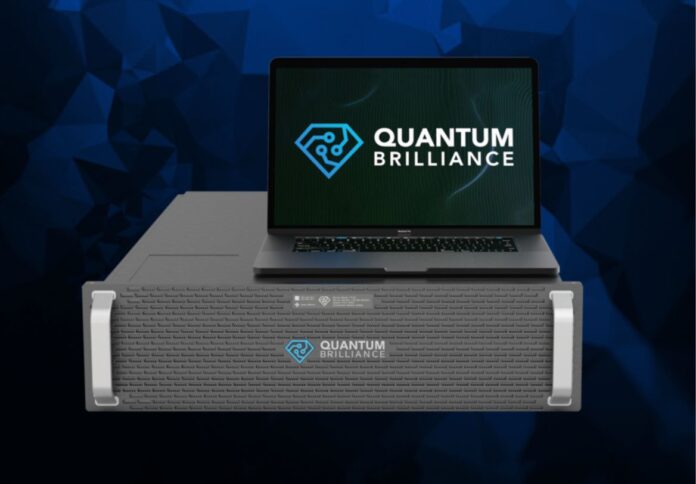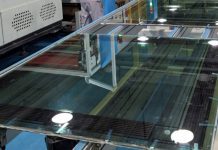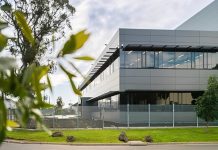
Australian quantum startup Quantum Brilliance today announced Mark Luo as its new chief executive officer, assuming the role from company co-founder Andrew Horsley.
Horsley will become the company’s chief technology officer and will be responsible for leading its product engineering initiatives.
Luo is a co-founder of the company and previously served as its chief operating officer and is credited for his instrumental roles in Quantum Brilliance’s expansion into Germany, the installation of the world’s first room-temperature quantum computer in a supercomputing centre, and the company’s partnership with NVIDIA.
“I am proud of Quantum Brilliance’s significant growth and achievements over the past four years and am honoured to see our approach to quantum computing validated through investments, top-tier partnerships and technological developments,” Luo said in a media release.
“I hope to continue fostering the company’s unique take on quantum computing and expand our reach into untapped markets,” he added.
Prior to Quantum Brilliance’s inception in 2019, Luo was a new ventures manager for CSIRO’s ON Program, Australia’s largest National Accelerator empowering entrepreneurial scientists to deploy their tech into the real world.
In this role, Luo gained experience in executing offshore growth strategies and is a seasoned investor and analyst for global venture capital and private equity operations.
The new CEO holds a bachelor’s degree in finance with distinction from the University of New South Wales. He is a graduate of the Australian Institute of Company Directors, an institute dedicated to building the capabilities of leaders for the benefit of society.
Luo’s appointment comes after Quantum Brilliance raised an USD 18 million funding in February, which will be used to expand international operations, deliver hardware and software products to customers, and improve manufacturing and fabrication techniques.
Quantum Brilliance develops quantum computers equipped with synthetic diamonds to operate at room temperature in any environment, including data centres, mobile devices, autonomous vehicles, and spacecraft.
These computers do not require cryogenics, vacuum systems, and precision laser arrays, which means they consume significantly less power and can be deployed onsite or at the edge.


















